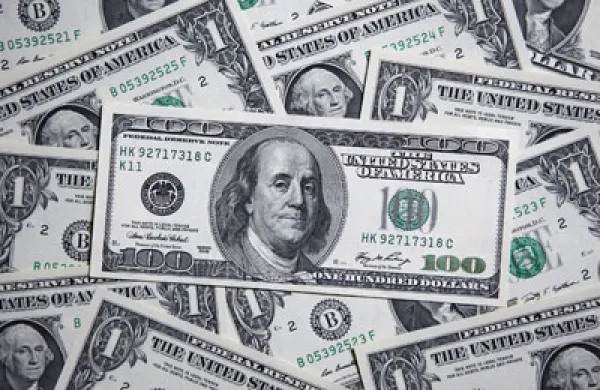‘Dr. Copper,’ a nickname the red metal has earned from its supposed power as an indicator of economic trends, has been feeding fears of a global slowdown since a strong price drop in September. Increasing concerns over demand from China and other developing economies, sparked by the European debt crisis, have spooked the base metals markets—causing potential headwinds for the first copper exchange-traded fund (ETF) launched recently by United States Commodity Funds (USCF).
The United States Copper Index Fund, which trades on NYSE Arca with the symbol CPER, is the second exchange-traded product (ETP) brought to market by USCF in partnership with SummerHaven Index Management—the Connecticut-based firm founded in 2009 by former Cornerstone Quantitative principal Adam Dunsby, former UBS ETN product head Kurt Nelson, Yale professor Geert Rowenhorst, and former head of commodity trading at UBS Ashraf Rizvi.
It is surprising that, although there are several copper exchange-traded note (ETN) products on the market already, CPER is the first ETF tracking the metal. The fund tracks the COMEX listed futures contracts, which SummerHaven’s Nelson says is the only practical way to gain exposure—unlike precious metal exposures which can more easily be held physically. “When converted into price per pound, gold is worth roughly $28,000 per pound. Compare this to the fact that copper has recently traded in a range between $3 and $4 per pound, and it’s easy to see that the relative cost of storing and insuring physical copper is much higher than gold, platinum or even silver,” he says.
To provide a constant exposure to the underlying commodity, an ETF invested in the futures markets must continually “roll” its exposure by selling contracts due to expire and buying new ones with longer-dated maturities. When a market is in contango, meaning that long-dated futures contracts are more expensive than ones maturing sooner, this roll process costs investors money as they maintain their position by buying new contracts at higher price levels. If a market is in backwardation, meaning that longer-dated contracts are trading at lower prices, investors make money by rolling their exposure forward.
Nelson says that in the case of copper, exposure to the futures curve has potential positive performance for investors seeking long copper exposure that would be unavailable in the physical spot market. “Copper investment locks in storage and insurance costs meaning that the forward curve for such an investment will always be in contango, or upward-sloping. However, the commodity futures curve for copper often finds itself in backwardation, or with a downward-sloping curve shape, and futures-based copper funds provide an opportunity for investors to benefit from these market conditions.” The SummerHaven Copper Index attempts to mitigate the potential issues associated with rolling futures exposures created by contango, while maximizing the impact of backwardation by adjusting the contract roll to the shape of the copper futures curve.
Christian Wagner, portfolio manager for Longview Global Allocation—a mutual fund that invests in ETFs and ETNs, including commodity products—thinks that the market has room for a new copper entrant. “The price of copper is one of the few commodities which serves as a good indicator for global growth and prosperity. This simple tell has driven the correlation to equities to be higher than other precious and industrial metals,” he says.
“There is no question that returns can be enhanced by properly managing the roll yield,” adds Wagner, who as CIO of Longview Capital Management also oversees over $200 million in managed accounts holding ETPs. “Unfortunately, investors may overlook the structure due to the K-1 issuance.”
Regardless of structure, the new product has arrived at a time of great uncertainty for base metals. Copper has declined by nearly 12 percent over the trailing 52 weeks, while gold is up 22 percent and silver has risen 8 percent over the same period. While several quantitative analysts have noted that the large volatile range that copper futures have traded in since the end of summer may indicate a price bottom, most market participants are more focused on recent reports that the Chinese Ministry of Industry has begun liquidating a portion of its massive reserves of the metal to further curb prices. For now at least, ‘Dr. Copper’ is sending mixed signals for global growth.





